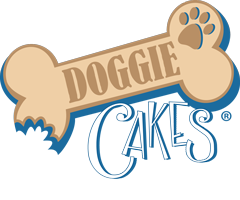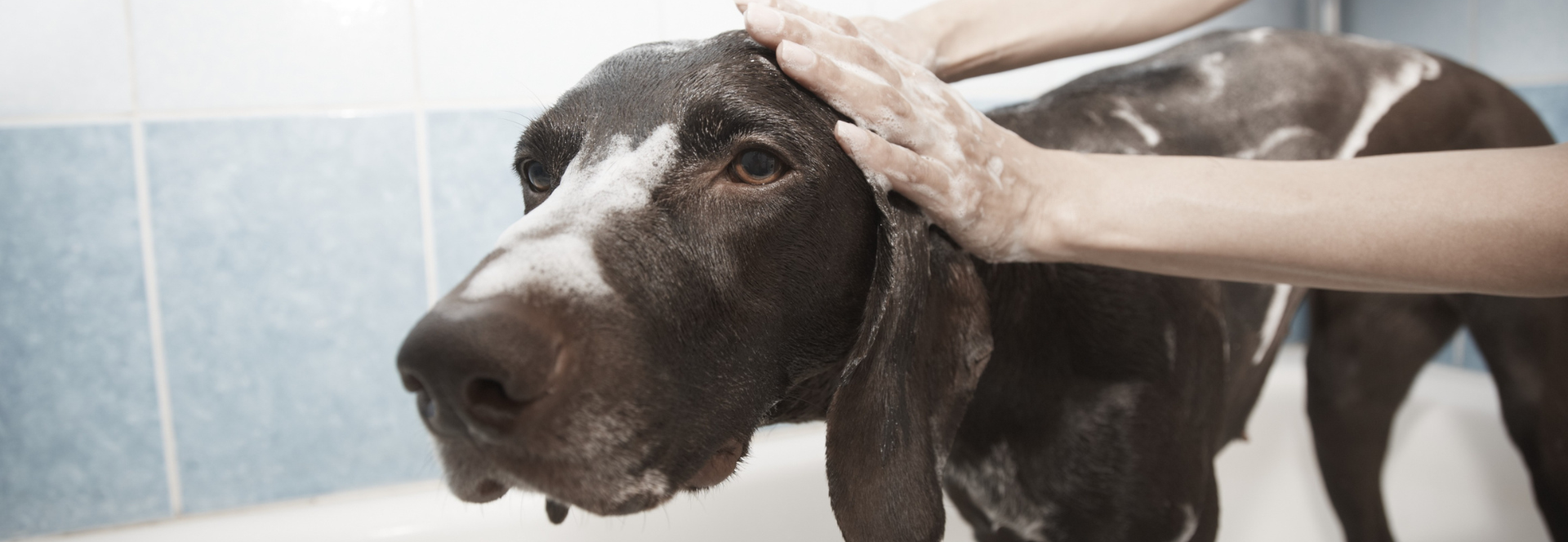Grooming Essentials for Dogs in January: Keeping Coats Clean and Skin Healthy
As January unfolds with its chilly temperatures and occasional snowfall, it’s essential to pay extra attention to your dog’s grooming routine to ensure they stay comfortable and healthy throughout the winter season. The combination of cold weather, dry indoor air, and potentially harsh outdoor conditions can take a toll on your dog’s skin and coat. In this blog post, we’ll explore grooming essentials for dogs in January, focusing on keeping their coats clean and their skin healthy despite the winter elements.
1. Brushing and Detangling:
Regular brushing is essential year-round, but it becomes even more critical during the winter months when your dog’s coat may be thicker and more prone to matting. Brushing helps remove loose fur, dirt, and debris from your dog’s coat, preventing tangles and mats from forming. Use a suitable brush or comb for your dog’s coat type, and be gentle, especially around sensitive areas like the ears and tail.
2. Bathing with Care:
While it’s essential to keep your dog clean, excessive bathing during the winter can strip their skin and coat of natural oils, leading to dryness and irritation. Limit baths to once every few weeks unless your dog gets particularly dirty or smelly. Use a mild, moisturizing shampoo formulated specifically for dogs, and rinse thoroughly to remove all traces of soap. After bathing, consider using a conditioner to help restore moisture to your dog’s skin and coat.
3. Moisturizing Dry Skin:
Cold temperatures and dry indoor air can lead to dry, itchy skin in dogs, particularly those with short or fine coats. Consider using a pet-safe moisturizer or conditioning spray to hydrate your dog’s skin and soothe any irritation. Pay attention to areas that are prone to dryness, such as the elbows, belly, and paw pads. Additionally, adding a humidifier to your home can help increase moisture levels in the air, benefiting both you and your dog.
4. Protecting Paw Pads:
Winter weather can be tough on your dog’s paw pads, which may become cracked, dry, or irritated from exposure to ice, snow, and salt. Protect your dog’s paw pads by applying a pet-safe paw balm or wax before going outside, especially on particularly cold or snowy days. After walks, rinse your dog’s paws with warm water to remove any salt or de-icing chemicals, and dry them thoroughly to prevent irritation.
5. Trimming Nails and Fur:
Regular nail trims are essential for preventing overgrowth and discomfort, particularly during winter when your dog may be less active and wear down their nails less naturally. Keep your dog’s nails trimmed to a comfortable length, being careful not to cut too close to the quick. Additionally, trim any excess fur around your dog’s paw pads to prevent snow and ice buildup, which can cause discomfort and lead to matting.
Maintaining a regular grooming routine is crucial for keeping your dog’s coat clean and their skin healthy throughout the winter months. By brushing and detangling their coat, bathing with care, moisturizing dry skin, protecting paw pads, and trimming nails and fur as needed, you can help your dog look and feel their best despite the challenges of winter weather. Remember to pay attention to your dog’s individual needs and consult with your veterinarian if you have any concerns about their skin or coat health. With proper grooming and care, your canine companion can stay comfortable and happy all winter long.



